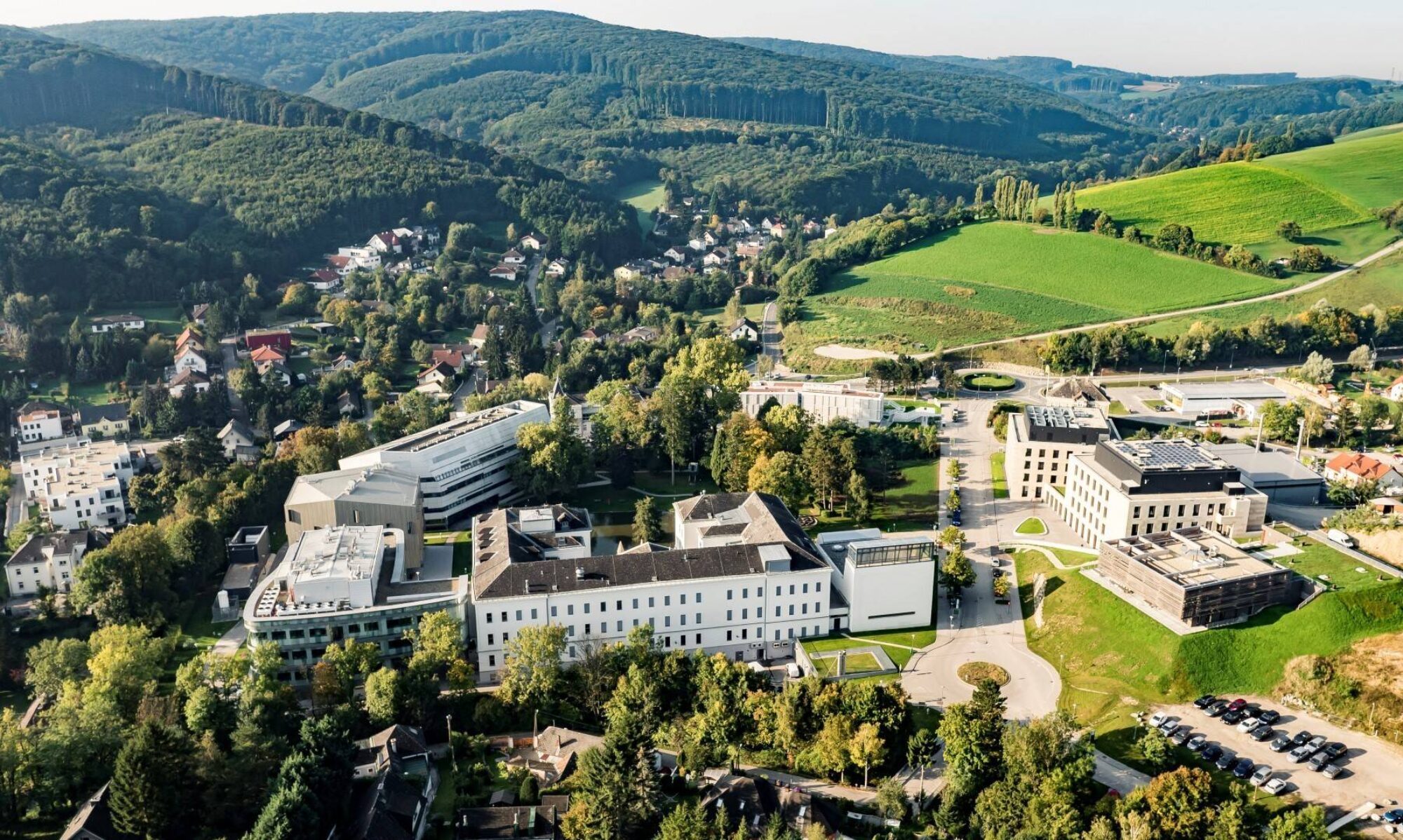Miguel Garrido (Universitat Autònoma de Barcelona)
Consider a one-parameter family of smooth surface diffeomorphisms unfolding a quadratic homoclinic tangency to a hyperbolic fixed point. It is well known that in this unfolding there exists a Newhouse domain, i.e. an open set of parameters for which the corresponding diffeomorphisms exhibit persistent homoclinic tangencies.
The analysis of the unfolding is more subtle when the homoclinic tangency is associated to a persistent degenerate saddle, i.e. a parabolic fixed point which exists for all values of the parameter and for which the topological picture of the local dynamics resembles that of a hyperbolic fixed point (existence of invariant manifolds and C^0 Lambda lemma).
These degenerate saddles appear naturally in several models in Celestial Mechanics, in particular, in the so-called Restricted 4-Body Problem. We prove that, in a particular configuration of the latter model which can be reduced to an area preserving map, there exists a degenerate saddle with a quadratic homoclinic tangency that unfolds generically (as we move the masses of the bodies). Moreover, and despite the fact that the C^1 Lambda lemma does not hold for this degenerate saddle, we show that the dynamics at the unfolding of the tangency can be renormalized, with the critical Hénon map showing up in the limit process.
This implies the existence of a Newhouse domain in the parameter space (the masses of the bodies) and a residual subset of parameters for which there exist hyperbolic sets of large Hausdorff dimension which are accumulated by elliptic islands.
This is joint work with Pau Martín and Jaime Paradela.
